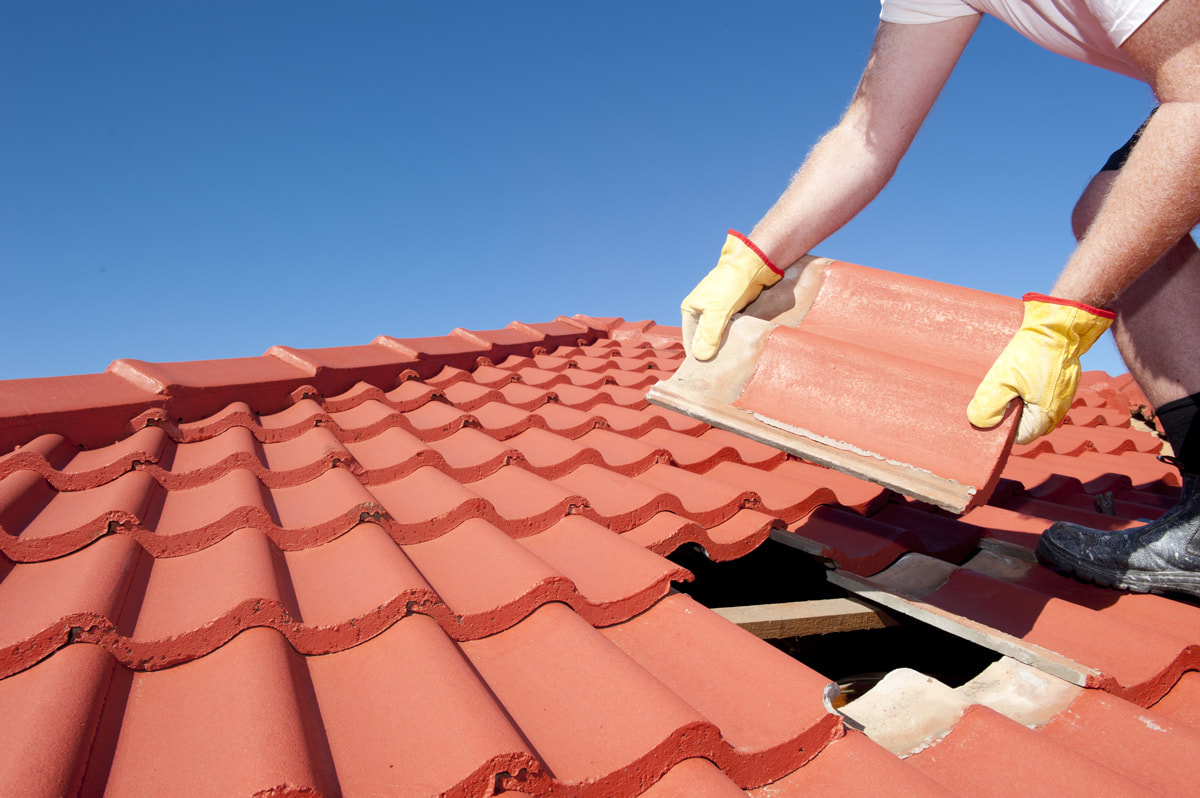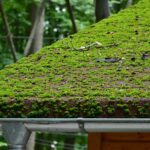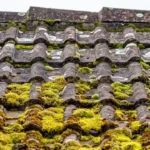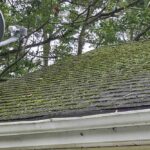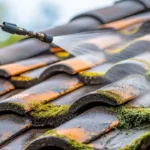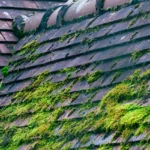As a homeowner, dealing with a leaky roof can be frustrating, especially when you lack attic access. Fortunately, there are efficient ways to identify and fix leaks even without directly accessing the attic. Discovering how to find roof leaks without attic access is crucial to prevent further damage and ensure the longevity of your home.
Not having attic access doesn’t mean you can’t tackle roof leaks. In fact, understanding the process is quite simple and can be done by most homeowners with a little guidance. This guide will walk you through the methods and tools you can use to identify leaks from outside and inside your home.

Signs of a Roof Leak
Before diving into methods, its crucial to recognize the common signs of a roof leak. These indicators can help pinpoint the problem area and make the subsequent inspection more focused.
Water Stains on Ceilings and Walls
One of the most evident signs of a leak is water stains on ceilings or walls. These stains might appear as discolored patches, usually yellow or brown.
Musty Odors
A persistent musty smell within the house may suggest mold growth due to leaking water.
Visible Mold
Though a more severe symptom, the appearance of mold indicates prolonged moisture exposure, likely from a leak.
Inspecting the Roof from the Outside
Without attic access, a thorough external inspection of your roof is critical. Follow these steps:
Check for Missing or Damaged Shingles
Begin by visually inspecting your roof. Look for missing or damaged shingles, as these are common sources of leaks. For more details, visit our detailed guide on how to fix curled shingles.
Examine Flashing and Vent Boots
Inspect the flashing around chimneys, vents, and skylights. Damaged or corroded flashing is often a culprit for a roof leak.
Clear the Gutters
Clogged gutters can prevent water from properly draining and cause it to seep under your roof. Read our article on how to clean gutters in high places for practical tips.
Inspect the Eaves
Look for water stains or rot on the eaves, as these might indicate water infiltration due to a malfunctioning roof system.
Using Water Testing
If the leak isn’t obvious, conducting a controlled water test can aid in identification:
Enlist a Helper
Enlist a helper to spray water at different sections of the roof, while you stay inside to observe any moisture penetration.
Observe Indoors
Watch for any drips or dampness appearing when a specific area is doused with water. This can help directly pinpoint the leak’s origin.
From the Inside: Look for Signs
Though without attic access, there are still internal signs to seek:
Ceiling Integrity
Check if the ceiling sags or appears damp. Probe suspicious areas gently with a screwdriver to check for soft spots.
Wall Condition
Closely examine the tops of walls or where walls join ceilings. Bubbling paint or peeling wallpaper might indicate a roof leak above.
Seek Professional Help If Needed
If you’ve checked everything but still can’t find the source, it’s wise to consult with a professional roofer. Their expertise and equipment can effectively locate difficult leaks.
Preventative Maintenance for Your Roof
Regular maintenance is essential to avoid leaks and prolong the lifespan of your roof. For tips on maintenance, see how to extend the life of your roof and explore preventative measures. Besides your internal strategies, keeping your roof clean is vital. Consider possible improvements suggested by roof maintenance tips.
Tools for Roof Leak Detection
Though not all tools will be usable without attic access, these can be quite helpful when you have even partial access:
Moisture Meters
While lacking attic access, nearing areas from below with moisture meters can provide readings indicating wetness.
Binoculars
A good pair of binoculars can assist you in examining your roof for potential leak spots from a safe distance.
Dealing with Trees and Vegetation
Trees and plants too close to the house cause problems. Their roots can damage the structure, and fallen leaves may clog your drainage. For ideas on safely maintaining your roof, refer to our recommendations on best ladders for roof cleaning.
Addressing Temporary Fixes
When emergencies arise, temporary fixes may buy you time until professional repair is feasible. Consider roof tarps or patch sealants for short-term relief, which can contain the damage and stop further leakage.
Regular Monitoring
Routinely check your roof and ceiling for new signs of leaks, especially after storms, which can exacerbate or initiate damage.
Final Thoughts
Finding roof leaks without attic access might seem daunting at first, but by following these outlined strategies, you can effectively identify problem areas. Remember that consistent maintenance and timely inspections are key to preventing leak issues in the future. By proactively caring for your roof, you ensure the protection and comfort of your home.

FAQ
What are some common signs of a roof leak?
Common signs include water stains on ceilings or walls, musty odors, and visible mold.
Can I find roof leaks without any special tools?
Yes, close inspection for visible damage and water testing are effective without specialized equipment.
How often should I inspect my roof for leaks?
It’s recommended to inspect your roof at least twice a year and after major storms.
This article contains affiliate links. We may earn a commission at no extra cost to you.



